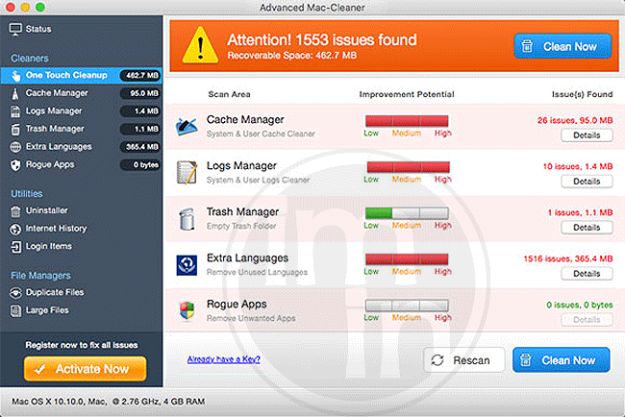

- BLACKMAGIC DISK SPEED TEST DIRECT DOWNLOAD HOW TO
- BLACKMAGIC DISK SPEED TEST DIRECT DOWNLOAD INSTALL
- BLACKMAGIC DISK SPEED TEST DIRECT DOWNLOAD FREE
- BLACKMAGIC DISK SPEED TEST DIRECT DOWNLOAD WINDOWS
BLACKMAGIC DISK SPEED TEST DIRECT DOWNLOAD WINDOWS
The fact I performed it from sysresccd on ssd with Windows installed has any effect on outcome?
BLACKMAGIC DISK SPEED TEST DIRECT DOWNLOAD FREE
I have to also ask what would have happened if the command filled the whole free space? Would it have stopped by itself with message/error? Was it dangereous for an ssd doing this. That ‘k’ at the end of count I am not sure of it’s meaning or even if it makes sense. So I have a couple of questions if kindly allowed. Only then I’ve read the man pages searching for clues but still didn’t found. It run approximately 1000 seconds having written almost 100GB of all 150GB free on the SSD.

I left it running not having slightest hunch if it’s wrong to interrupt it via Ctrl-C. I tested first with bs=4k and count=256k.Īfterwards I decided myself to alter the parameters like so: bs=1M and count=256k Timing buffered disk reads: 1386 MB in 3.00 seconds = 461.50 MB/sec Timing cached reads: 16924 MB in 2.00 seconds = 8469.95 MB/sec Run hdparm as follows, to measure the READ speed of a storage drive device /dev/sda: $ sudo hdparm -Tt /dev/sda
BLACKMAGIC DISK SPEED TEST DIRECT DOWNLOAD INSTALL
On CentOS, RHEL: $ sudo yum install hdparm On Linux Mint, Ubuntu, Debian: $ sudo apt-get install hdparm It can be easily done from the Linux command line! Read more → Install hdparm depending on your Linux distribution.Ĭool Tip: Troubleshooting an issue with a hard drive performance? It will be a good idea also to test download/upload Internet speed. Hdparm is available from standard repositories on the most Linux distributions. Hdparm is a Linux command line utility that allows to set and view hardware parameters of hard disk drives.Īnd it can also be used as a simple benchmarking tool that allows to quickly find out the READ speed of a disk. hdparm: Test HDD, SSD, USB Flash Drive’s Performance Don’t forget to delete it when you complete the tests. Reminder: All the above commands use the temporary file tempfile. Or you can replace tempfile with the path to your mount point e.g.: $ sync dd if=/dev/zero of=/media/user/MyUSB/tempfile bs=1M count=1024 sync To check the performance of some External HDD, SSD, USB Flash Drive or any other removable device or remote file-system, simply access the mount point and repeat the above commands.


$ dd if=tempfile of=/dev/null bs=1M count=1024ġ073741824 bytes (1.1 GB) copied, 2.27431 s, 472 MB/s dd: TEST Read/Write Speed of an External DriveĬool Tip: Have added a new drive to /etc/fstab? No need to reboot! Mount it with one command! Read more → Run the following command to find out the READ speed from buffer: $ dd if=tempfile of=/dev/null bs=1M count=1024ġ073741824 bytes (1.1 GB) copied, 0.159273 s, 6.7 GB/sĬlear the cache and accurately measure the real READ speed directly from the disk: $ sudo /sbin/sysctl -w vm.drop_caches=3 To get the real speed, we have to clear cache. The file tempfile, that has just been created by the previous command, was cached in a buffer and its read speed is much higher then the real read speed directly from the disk. Run the following command to test the WRITE speed of a disk: $ sync dd if=/dev/zero of=tempfile bs=1M count=1024 syncġ073741824 bytes (1.1 GB) copied, 3.28696 s, 327 MB/s dd: TEST Disk READ Speed
BLACKMAGIC DISK SPEED TEST DIRECT DOWNLOAD HOW TO
To get the accurate read/write speed, you should repeat the below tests several times (usually 3-5) and take the average result.Ĭool Tip: How to choose SSD with the best quality/price relation! Read more → dd: TEST Disk WRITE Speed I’ll also show how to install and use hdparm utility for measuring read speed of a disk on Linux Mint, Ubuntu, Debian, CentOS, RHEL. I’ll show how to test the read/write speed of a disk from the Linux command line using dd command. From this article you’ll learn how to measure an input/output performance of a file system on such devices as HDD, SSD, USB Flash Drive etc.


 0 kommentar(er)
0 kommentar(er)
